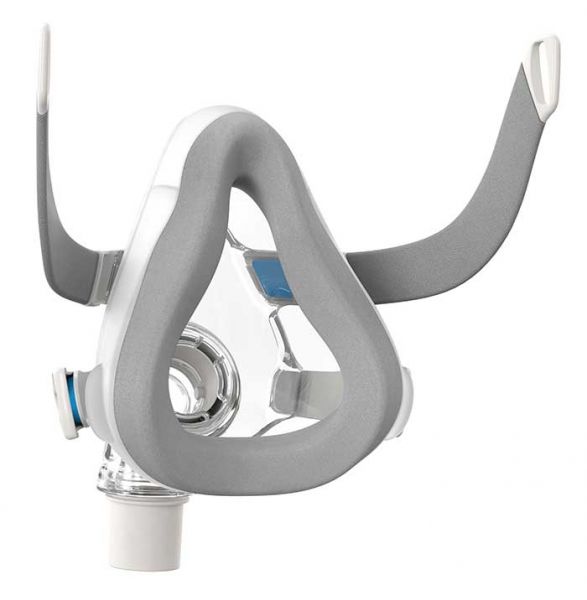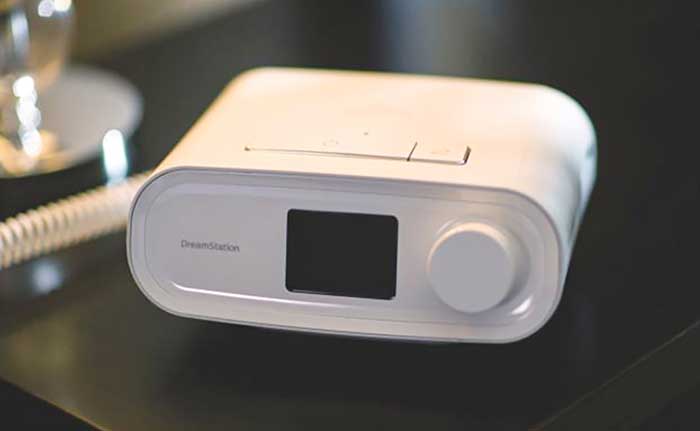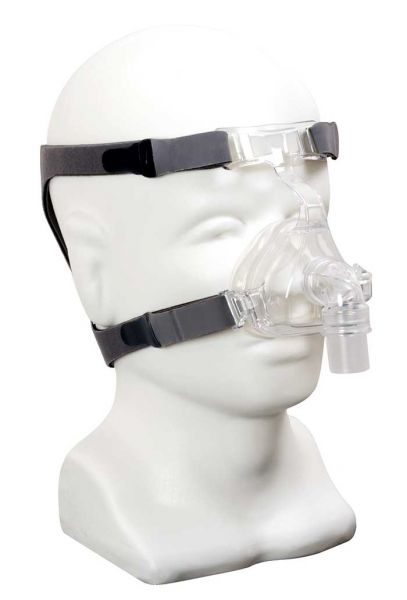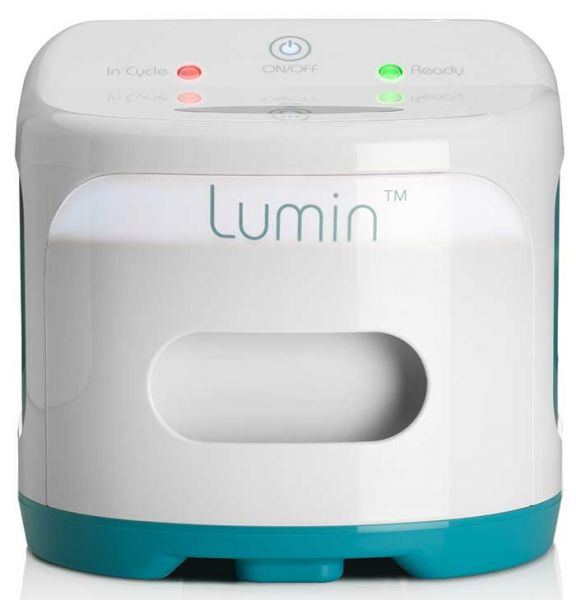Answers from industry experts
Wednesday, April 18, 2018
RESMED
Vincent Sauvé Vice President, Sleep Marketing resmed.com AirTouch F20
AirTouch F20PHILIPS
Tom Catalano Director of Global Product Marketing Sleep Therapy Business philips.com How has the market for PAP products changed during the last three years? CATALANO: We have seen the role of connectivity in PAP products sharply increasing during the last few years, and I imagine this trend will only continue in the future. What forces have put the most pressure on this category? CATALANO: For those with sleep apnea, if the disease is not properly managed, it can have a significant impact on a person’s health and well-being. Sleep apnea patients often struggle with finding the right therapy, which is why there is industry pressure in the CPAP therapy category. Sleep apnea disrupts the sleep cycle and can dramatically impact energy, mental performance and overall health, which is why it is critical for patients to find the therapy that works best for them. With CPAP therapy, patients stop snoring, breathe regularly during sleep, and get a restful night’s sleep. Treating sleep apnea will positively impact the patient’s life by increasing their energy, alertness and overall quality of life. DreamStation
DreamStationCOMPASS HEALTH
Jenny Meske CPAP and Respiratory Product Manager compasshealthbrands.com DreamEasy Nasal Mask
DreamEasy Nasal Mask3B MEDICAL
Alex Lucio Executive Vice President 3bproducts.com What strategic shifts in thinking and business management have occurred? LUCIO: With cuts in reimbursement, our thinking shifted to focusing with the intensity of a laser on how we could develop new products that help sell existing products, with an awareness and understanding of how we could alter the profitability of an HME. We are also moving very quickly to develop new retail products to assist our customer base in offsetting the impact of reimbursement cuts. How do you differentiate your products from others in the category? LUCIO: 3B has brought innovative ideas to market. More than any other company, we have been rethinking technology and have quite a few firsts. We were first with using a QR code for smartphone apps to upload sleep data for truckers and other patients. We were first to provide WiFi as an alternative to cellular data. Technology will continue to be the primary differentiator in vendors. Lumin CPAP Sanitizer
Lumin CPAP Sanitizer